Centrifugal Electrostatic Precipitator
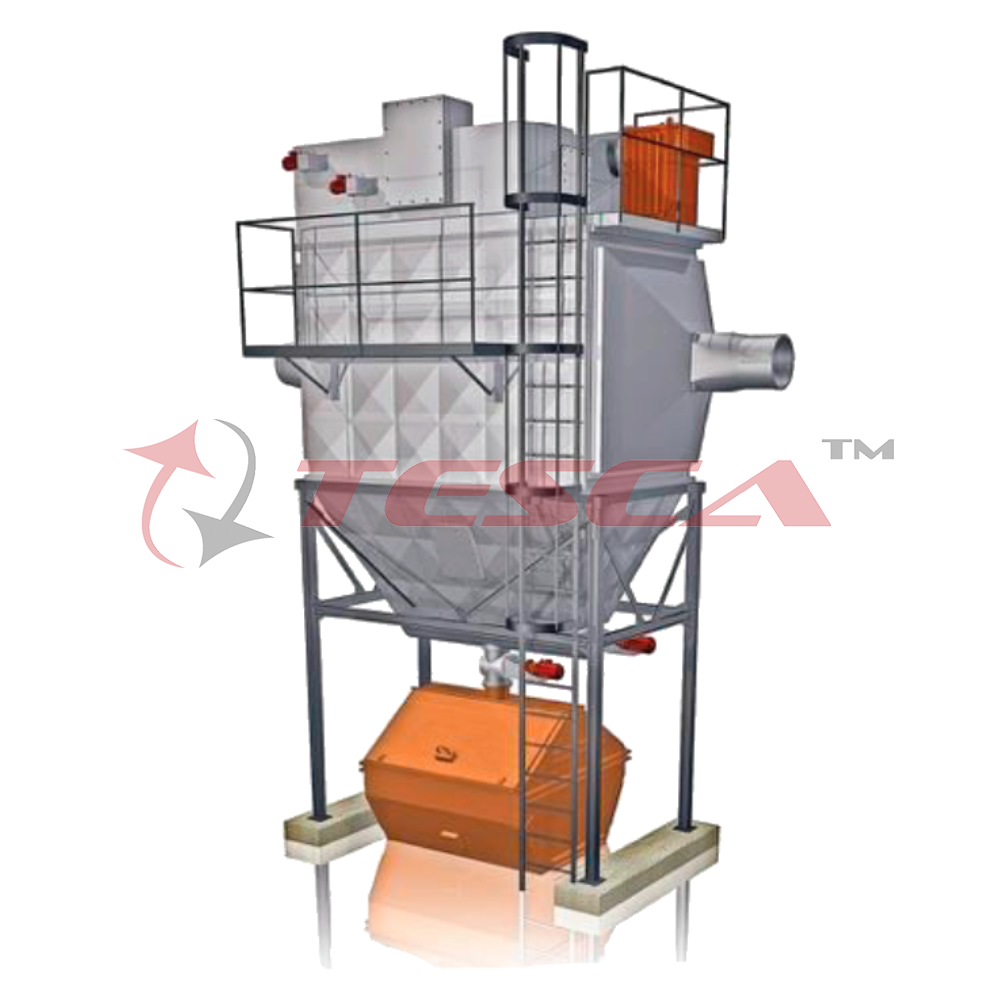
Order Code: 32486
Category: Environmental Trainers
The electrostatic precipitators depend on the attraction and repulsion phenomenon of electrical charges. A particle with and electrical charge is attracted to another particles with an opposite charge, but repelled by one with the same charge, rathe...
SPECIFICATION
The electrostatic precipitators depend on the attraction and repulsion phenomenon of electrical charges.
A particle with and electrical charge is attracted to another particles with an opposite charge, but repelled by one with the same charge, rather like magnetisms. The principle is known like electrostatic precipitation.
First it is necessary to charge the dirt. This is done in the ionising section, which consist of plates called spiked ionizers. The plates are charged to a very high voltage, some particles stay on the plates but most of them pass to the collecting cell.
The collecting cell is constructed in parallel plates; it uses alternate charged and earthed plates, without any charged lackage. The charged particles travel between the plates, bouncing off the positively charged plates until they hit a negatively charged plate where they stick.
The dust particles stay stuck to the collector plates until they can simply washed off during maintenance routine or in automatic wash system.
The electrostatic principle is most effective on very small particles, as the charge which can be carried on a small particle is higher in relation to its mass than the charge on a large particle. Consequently it is an advantage to remove the large particles before the electrostatic stage and this is done by a mechanical prefilter.
Clean air is an increasable valuable commodity, especially inside closed spaces where we spent most our working hours and leisure time. The contaminants are produced in the most variable applications like welding fumes in workshops oil mist in machining shops. All these contaminants are removed through our electrostatic precipitators.
Tesca Centrifugal Electrostatic Precipitator 32486 have a very low pressure drop, so the powerabsorbed by the centrifugal fans are lower than for other types of filters. The high efficiency of our electrostatic precipitators allows to recirculate the treated air, so it is not necessary to heat it up the air to maintain the temperature in the area.
Specifications
An centrifugal electrostatic precipitator (ESP) is a particulate collection device that removes particles from a flowing gas (such as air) using the force of an induced electrostatic charge.
The charged particles are attracted to and deposited on plates or other collection devices.
The collectors (and emitters) are shaken by suitable mechanisms to dislodge the accumulated dust, causing it to fall with the force of gravity to hoppers below. The dust is then removed by a conveyor system for disposal or recycling.
Air flow Rate: 15 LPM
Particle filtering Size: 100 microns approx or Equivalent
Filter Plates: 04 nos
Electrodes: 02 nos
Electronic Vibrators: 04 nos
High Voltage generators: 2 nos
Experiments
- To study the working of electrostatic precipitators
- To find the particle drift velocity
- To find the efficiency of particle removed in percentage
Mains Power
220 – 240V 1Ph/400 – 440V 3Ph, 50Hz/
Exhaust System

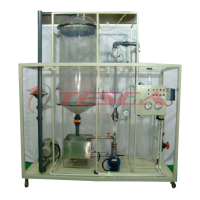

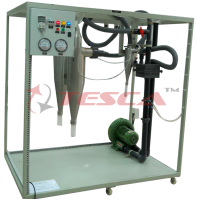
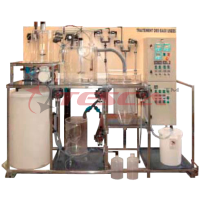
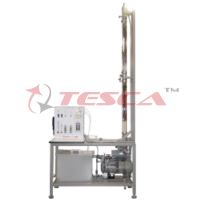
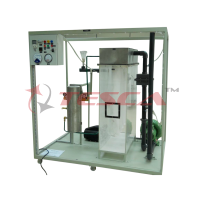
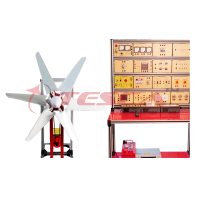



 91-9829132777
91-9829132777